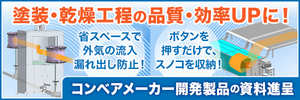1~12 item / All 12 items
Displayed results
Filter by category

Nippo Column
We provide information related to substrate development, from basic knowledge to the latest updates.
















